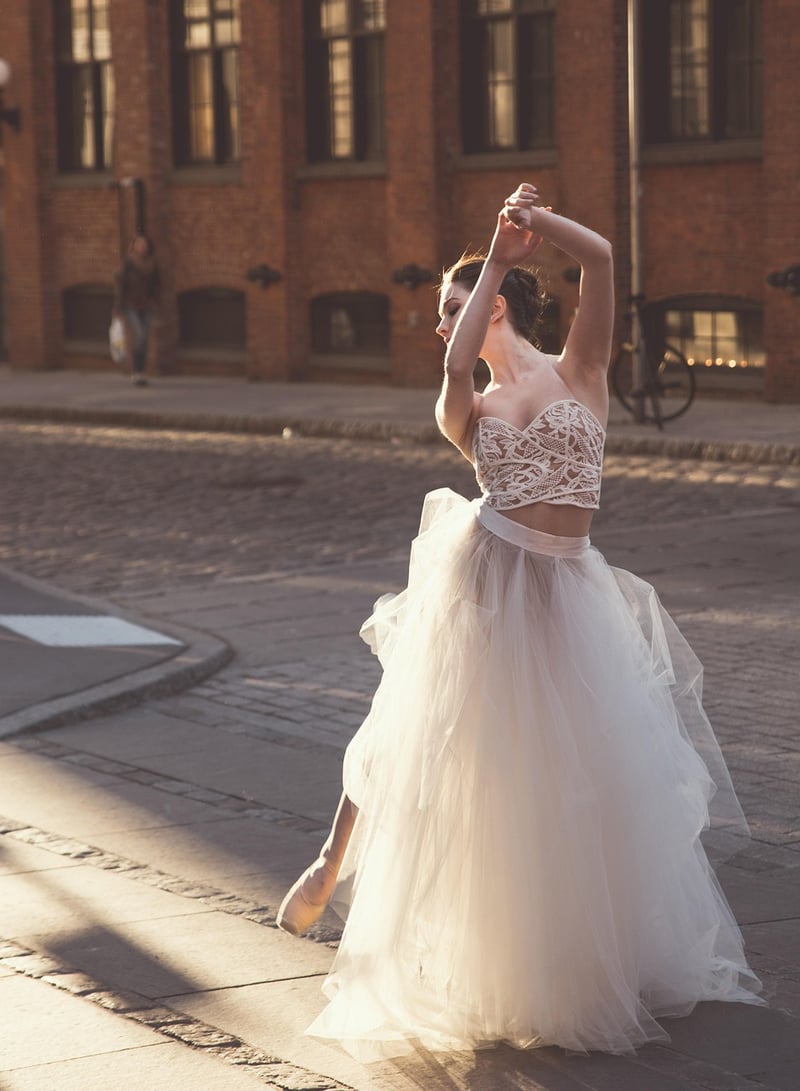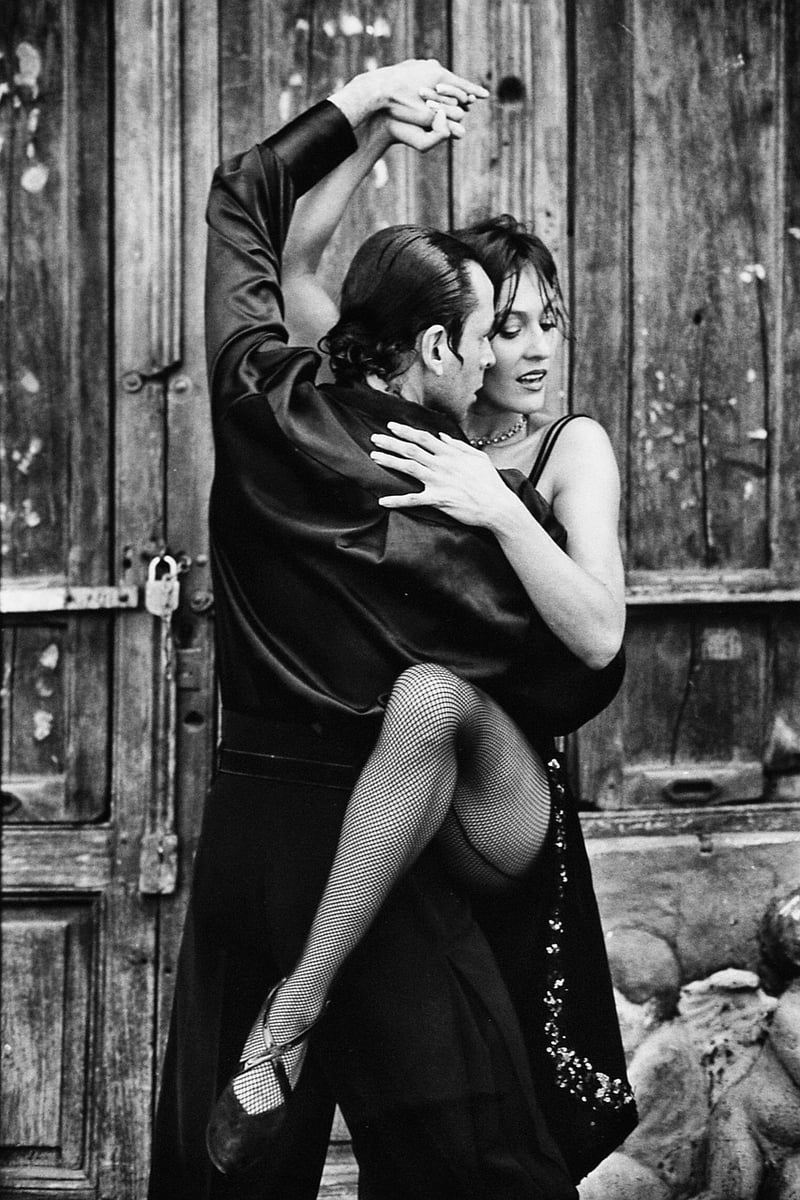Hip Hop
The Art of Hip Hop: Expressive Rhythmic Movements

Hip Hop, a cultural movement that emerged in the 1970s in the Bronx, New York City, has evolved into a global phenomenon encompassing various art forms. One of the most expressive aspects of Hip Hop is rhythmic movements, which play a central role in the dance element of the genre.
Rhythmic Movements in Hip Hop Dance
Hip Hop dance is characterized by its dynamic and improvisational nature, allowing dancers to express themselves through a wide range of movements and styles. From popping and locking to breaking and krumping, each dance style within Hip Hop has its unique rhythm and energy.

Pioneering Moves and Innovations
Throughout the history of Hip Hop, dancers and choreographers have continually pushed the boundaries of movement, creating new steps and styles that reflect the ever-changing landscape of the culture. From the electric boogaloo to the moonwalk, these pioneering moves have become iconic symbols of Hip Hop dance.
Expression Through Movement
For many dancers, Hip Hop is more than just a dance style—it's a form of self-expression and storytelling. Through rhythmic movements, dancers can convey emotions, experiences, and narratives, creating powerful performances that resonate with audiences worldwide.

The Evolution of Hip Hop Dance
As Hip Hop continues to evolve and influence popular culture, so too does the art of Hip Hop dance. Modern choreographers and dancers blend traditional Hip Hop styles with elements of contemporary dance, creating innovative and boundary-pushing performances that captivate audiences across the globe.
Whether in a dance battle on the streets of New York City or a professional stage performance, the expressive rhythmic movements of Hip Hop continue to inspire and energize dancers and audiences alike, showcasing the power of movement as a form of artistic expression.
